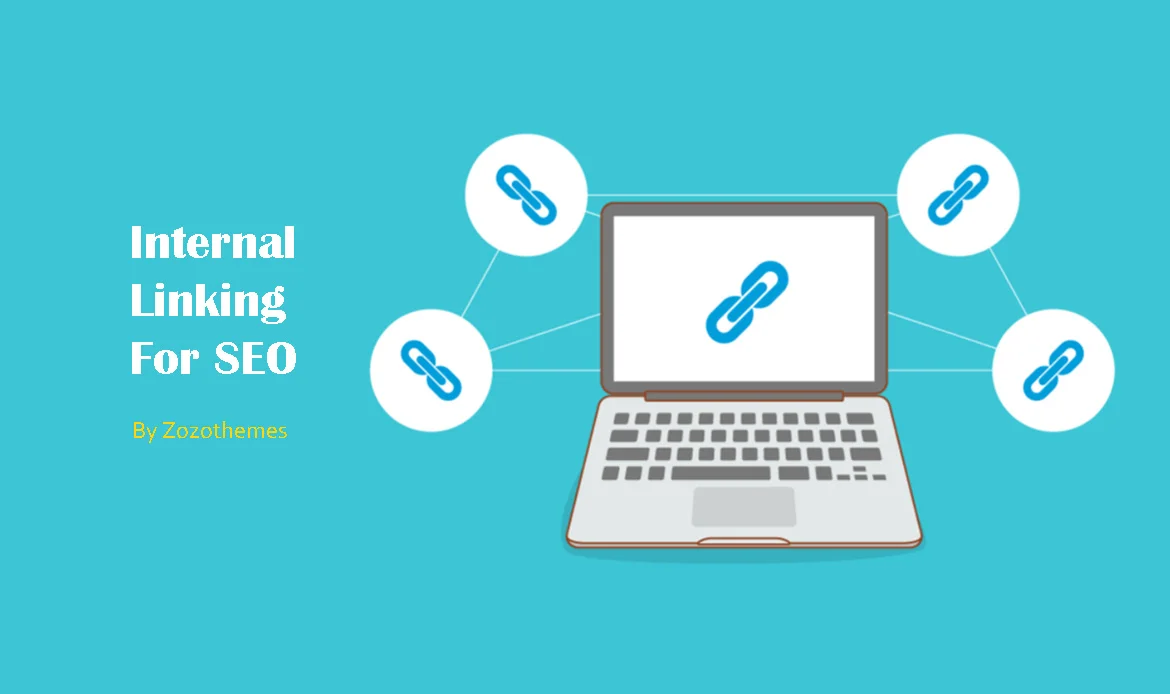In this article, we’ll embark on a journey to unravel the profound significance of internal linking for SEO and understand why it stands as a pivotal element in the success story of your website.
In the ever-evolving realm of search engine optimization (SEO), there exists a subtle yet powerful technique that holds the potential to elevate your website’s visibility, user experience, and overall digital footprint. This technique is known as “Internal Linking,” and it is the unsung hero behind many successful online ventures.
Here, we embark on a journey through the intricate web of SEO, unraveling the mysteries of internal linking, and uncovering why it stands as a cornerstone of importance for every website owner and digital marketer. Explore the vital role that internal linking plays in enhancing your website’s presence in the vast landscape of the internet.
The Anatomy of Internal Linking
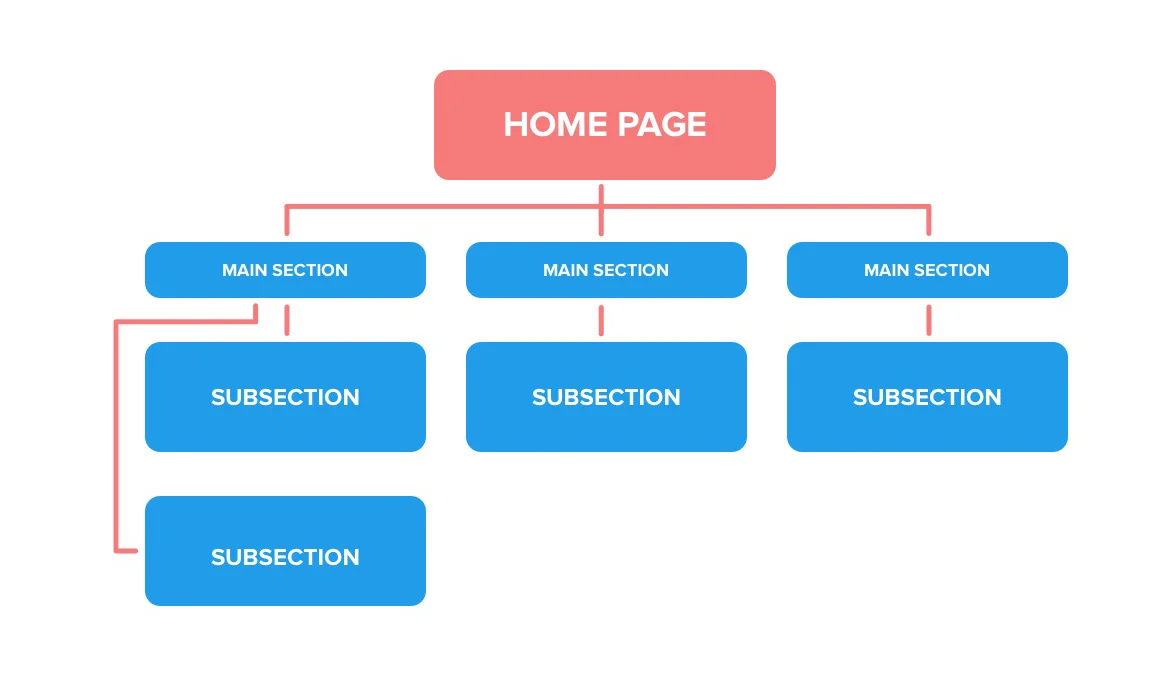
Before we delve into why internal linking is crucial, let’s take a moment to understand what it entails. Internal linking is the practice of creating hyperlinks within your own website, connecting one page to another. These links can be within the same content, within your navigation menu, or in a related posts section.
The primary purpose of internal links is to guide users to other relevant pages within your website, facilitating navigation and improving user experience. However, they also serve another essential function: they provide a blueprint of your website’s structure to search engines like Google.
The Importance of SEO in Today’s Digital Landscape

SEO is the cornerstone of online visibility and success. When someone searches for a topic or keyword related to your website, you want your pages to appear at the top of the search results. The higher your rank, the more likely users are to click on your links, visit your website, and engage with your content.
To achieve and maintain a high search engine ranking, you must align with the preferences of search engines like Google. These algorithms aim to provide users with the most relevant and valuable information. And this is where internal linking comes into play.
The SEO Benefits of Internal Linking
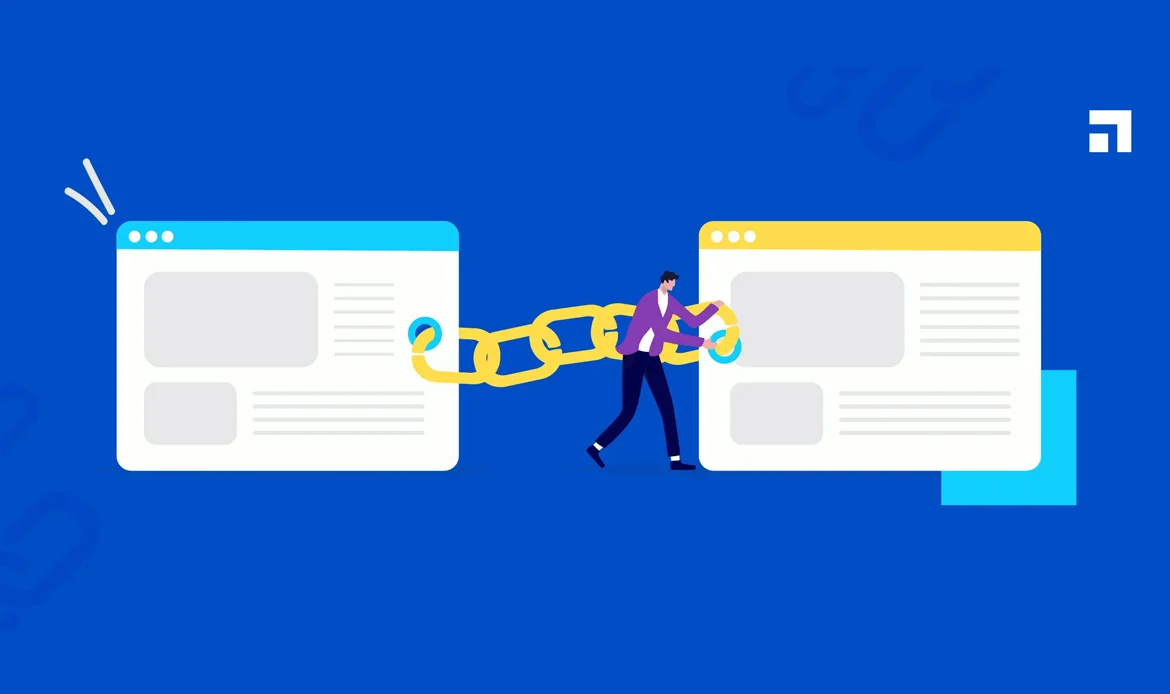
Enhanced Indexing
When search engine bots crawl your website, they follow links to discover and index new pages. Internal links provide a roadmap for these bots, ensuring that even the deepest corners of your site are indexed. By using internal links effectively, you ensure that the search engine bots can access and index not only your homepage but also all the inner pages and content on your website, even those that might be several clicks deep from the homepage. This is essential for maximizing your site’s visibility in search engine results.Improved Page Authority
Internal linking can distribute page authority (also known as link juice) throughout your site. When authoritative pages link to others, they pass some of their authority, boosting the credibility and ranking potential of linked pages. As a result of this transfer of page authority, the linked pages become more credible and have an increased potential to rank well in search engine results. In other words, they are more likely to appear higher in search engine rankings because they inherit some of the trust and authority of the linking pages.Keyword Optimization
You can strategically use anchor text (the clickable text in a link) to include relevant keywords. This helps search engines understand the content of the linked page and improves your chances of ranking for those keywords. When search engines understand the content of a page and see that it is linked using relevant keywords as anchor text, they are more likely to associate those keywords with the linked page. This can lead to improved rankings for those keywords in search engine results pages (SERPs). In other words, your page is more likely to appear higher in search results when users search for those specific keywords because search engines recognize the relevance.Reduced Bounce Rates
By guiding users to other related pages on your site, you reduce the likelihood of them bouncing away after viewing just one page. Lower bounce rates are a positive signal to search engines. educing bounce rates is beneficial for both user experience and SEO. By encouraging users to explore more of your website’s content and reducing the number of visitors who leave after viewing just one page, you send a positive signal to search engines. Search engines are more likely to view your website as valuable and relevant to users, which can ultimately lead to better rankings in search results and increased organic traffic.Enhanced User Experience
Internal links make it easier for users to navigate your website, discover related content, and stay engaged longer. This improved user experience can lead to higher conversion rates and customer satisfaction. A better user experience, facilitated by effective internal linking, can have several positive outcomes. Firstly, it can lead to higher conversion rates, as engaged users are more likely to take desired actions, such as making a purchase, signing up for a newsletter, or filling out a contact form. Secondly, it can enhance customer satisfaction, as users are more likely to have a positive impression of your website and brand when they find the content they need easily and enjoyably.How to Implement an Effective Internal Linking Strategy
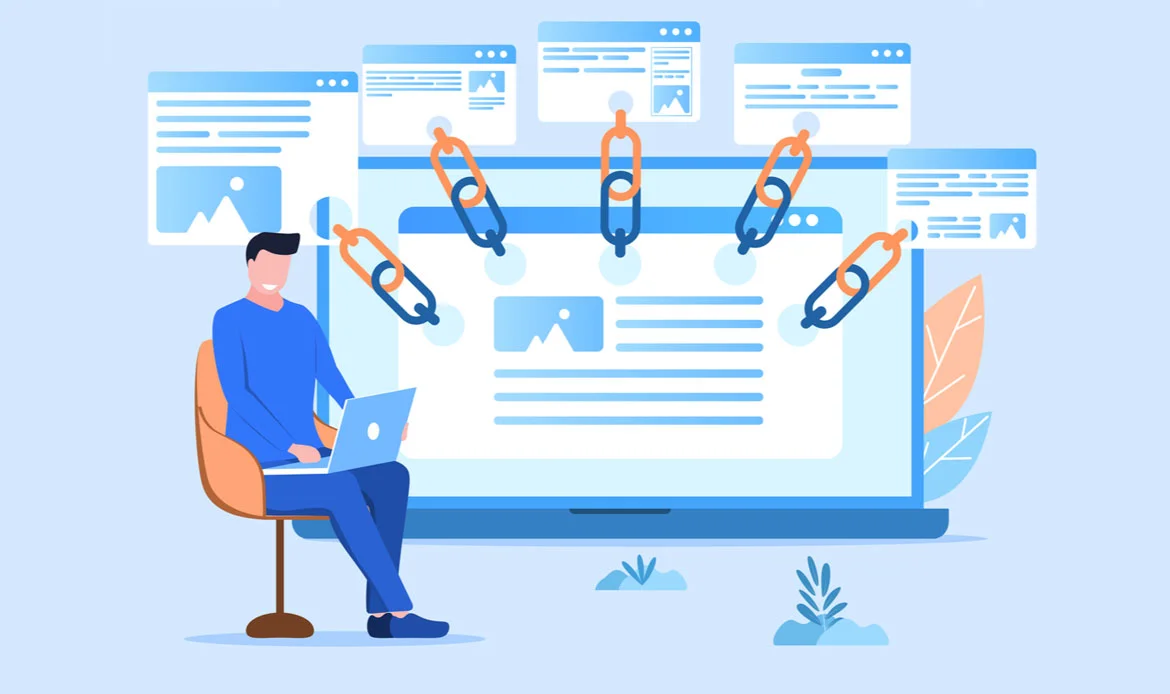 Now that we understand the significance of internal linking, let’s explore how to implement an effective strategy:
Now that we understand the significance of internal linking, let’s explore how to implement an effective strategy:
Audit Your Content
Begin your internal linking strategy by auditing your existing content. Identify the most valuable and relevant pages on your website. These pages are your cornerstone content, representing the main attractions of your site. They typically contain authoritative information, guideposts, or pillar content.Why:
By understanding your most valuable content, you can prioritize it for internal links, enhancing its visibility and authority.Keyword Research
Conduct keyword research to identify target keywords and key phrases that are related to the content you want to link. This research guides your anchor text choices when creating internal links.Why:
Targeted keywords in your anchor text can improve the relevance and search engine ranking of the linked pages.Create a Hierarchical Structure
Organize your content into a logical hierarchy, similar to a pyramid. Your homepage is at the top, followed by main categories, subcategories, and individual posts or pages at the bottom.Why:
A hierarchical structure helps search engines understand your site’s organization and the relationship between different pieces of content.Strategic Link Placement
Place internal links where they naturally make sense within your content. Avoid overloading your pages with excessive links, as this can confuse users and dilute the impact of your internal linking.Why:
Strategic link placement ensures a smooth user experience and maintains the integrity of your content.Optimize Anchor Text
When creating internal links, use descriptive and contextually relevant anchor text. Avoid generic phrases like “click here.” Incorporate keywords that accurately represent the linked content.Why:
Optimized anchor text not only helps users understand the link’s destination but also aids search engines in understanding the content’s topic and relevance.Utilize Breadcrumb Navigation
Implement breadcrumb navigation on your website. Breadcrumbs display the hierarchical structure of your site and help users navigate between different levels. They also provide clear contextual links for search engines.Why:
Breadcrumb navigation benefits both user experience and SEO by offering clear paths for exploration and indexing.Consider User Intent
Always think about what users want when they visit a particular page on your website. Provide internal links that align with their intent, directing them to related, informative content.Why:
Meeting user intent through relevant internal links leads to increased user satisfaction, longer sessions, and improved engagement.Monitor and Update
Your internal linking strategy should be dynamic. Regularly review and update it as your content evolves. New pages may need internal links, and older ones may require adjustments to stay current and relevant.Why:
Regular monitoring and updating ensure your internal linking strategy remains effective and aligned with your site’s changing needs and goals. Implementing an effective internal linking strategy requires careful planning, content analysis, and a user-centric approach. By following these steps, you can create a well-structured internal linking system that enhances your website’s SEO and user experience.Avoiding Common Pitfalls
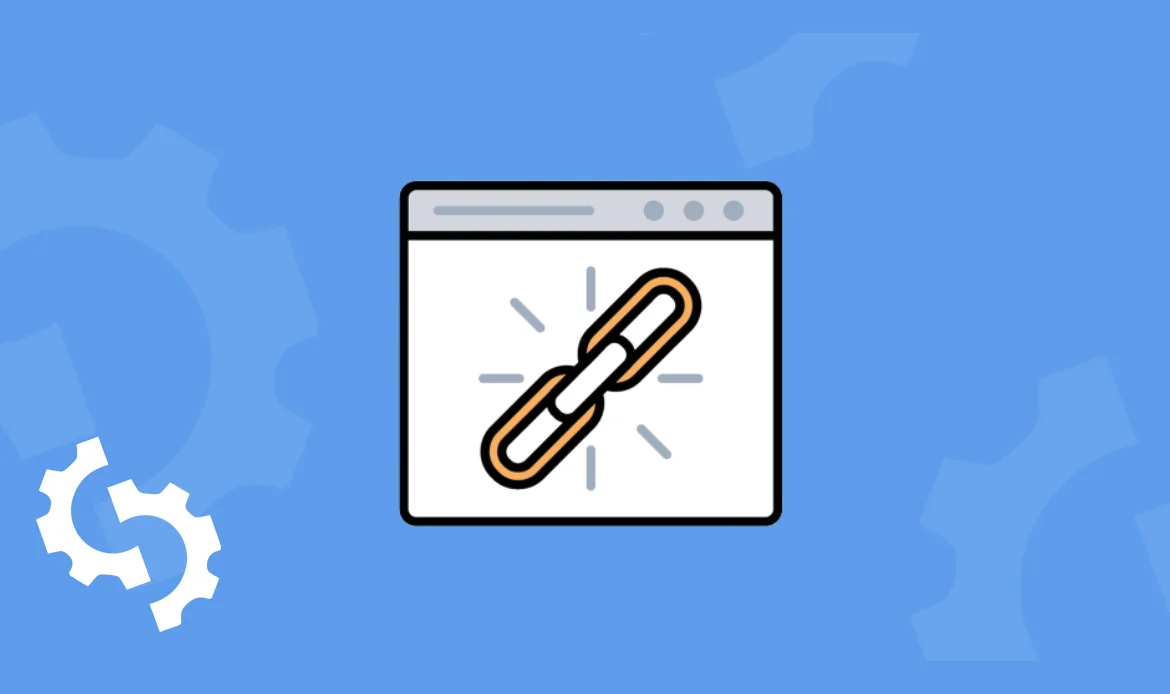 While internal linking offers significant benefits, there are pitfalls to avoid:
While internal linking offers significant benefits, there are pitfalls to avoid:
Over-Optimization
Over-optimization in internal linking refers to the excessive use of optimized anchor text, particularly when it’s done unnaturally or with the sole intent of manipulating search engine rankings. This can make your content appear spammy and can actually harm your SEO efforts. When you use overly-optimized anchor text repeatedly, it can signal to search engines that you are trying to game the system, which can lead to penalties. For example, using the same exact keyword-rich anchor text in every internal link may raise red flags with search engines.Best Practice: Keep your internal linking natural. Use descriptive, relevant anchor text that makes sense in the context of the content. Balance exact-match anchor text with variations and broader keyword phrases.
Orphaned Pages
Orphaned pages are those that have no inbound links from other pages on your website. When pages are not linked from anywhere within your site, they may not get indexed by search engines, making them invisible to users and detrimental to your SEO efforts. Search engines rely on links to discover and index content. Orphaned pages are like hidden gems – they remain undiscovered if they aren’t connected to the rest of your site.Best Practice: Ensure that every page on your website is linked to from somewhere else, preferably through a logical, hierarchical structure. This not only aids in indexing but also enhances the user experience by allowing visitors to navigate your site seamlessly.
Irrelevant Links:
It’s crucial to maintain relevancy in your internal linking strategy. Linking to content that is unrelated or forcing links where they don’t naturally fit can confuse users and negatively impact your SEO efforts. When you link to unrelated content, it disrupts the flow of your website, confuses users, and can make your site appear less trustworthy. It’s not beneficial for either the user experience or SEO.Best Practice: Always link to content that is contextually related and valuable to the reader. Ensure that the linked content provides additional information or enhances the user’s understanding of the topic. Keep your internal links natural and user-focused.
FAQs of Internal Linking
1. What is internal linking in SEO?
Internal linking in SEO is the practice of adding hyperlinks within your website’s content that connect one page to another within the same domain. These links help users navigate your site and play a crucial role in improving search engine optimization (SEO).
2. Why is internal linking important for SEO?
Internal linking is important for SEO because it helps search engines understand the structure and hierarchy of your website. It spreads link equity, aids in indexation, and can boost the ranking of important pages. Additionally, it enhances the user experience by making your content more accessible.
3. How does internal linking improve user experience?
Internal links make it easier for website visitors to explore related content. They can find more information on a topic of interest, which increases engagement and reduces bounce rates. This, in turn, can lead to higher user satisfaction and longer time spent on your site.
4. What are some best practices for internal linking?
Effective internal linking involves choosing relevant anchor text, ensuring a logical link structure, avoiding excessive linking, and linking to pages that are contextually related. It’s essential to prioritize user experience while keeping SEO goals in mind.
5. Can internal linking help with SEO keyword rankings?
Yes, internal linking can positively impact SEO keyword rankings. When you strategically link from high-authority pages to important target pages using relevant anchor text, it can boost the ranking of the linked pages for the specified keywords.
6. Are there any SEO tools to help with internal linking strategies?
Yes, there are SEO tools like Yoast SEO, Ahrefs, and Moz that provide insights and suggestions for improving your internal linking strategy. These tools can help you identify opportunities and monitor your progress.
Conclusion
As we draw the curtain on our exploration of internal linking for SEO, it’s evident that this technique is far from being a mere afterthought in your digital strategy. Instead, it emerges as a strategic asset that empowers your website to conquer the ever-competitive online arena.
Incorporating internal linking isn’t just a matter of SEO; it’s about improving user experience, guiding visitors through your content, and showcasing the depth and breadth of your knowledge. It’s the art of connecting the dots, forging pathways, and elevating your website’s authority in the eyes of both users and search engines.
Strengthen Your SEO with Smart Internal Linking!
Take control of your website’s SEO performance with powerful internal linking techniques that guide both users and search engines. Our SEO-optimized WordPress themes make it effortless to structure links, enhance page authority, and keep visitors engaged longer.

